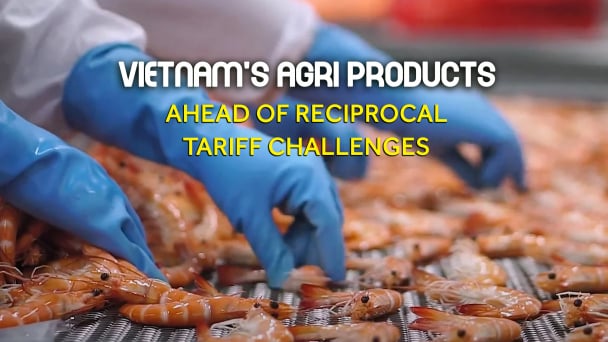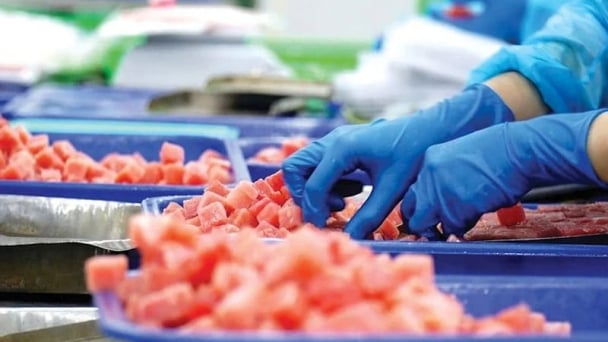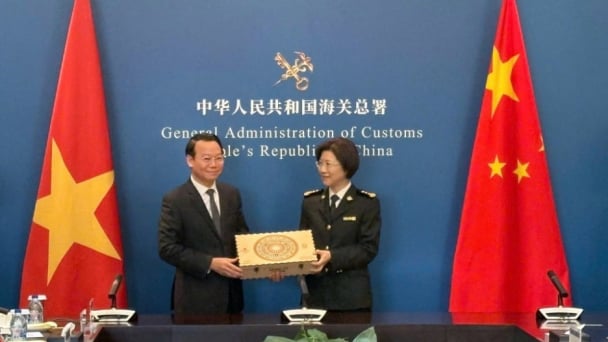May 30, 2025 | 17:48 GMT +7
May 30, 2025 | 17:48 GMT +7
Hotline: 0913.378.918
May 30, 2025 | 17:48 GMT +7
Hotline: 0913.378.918

The deal is expected to open up new growth opportunities, expanding access to new regional markets. Photo: Canva.
Two sources who wished to remain anonymous told the publication that the takeover had already been completed. However, the details of the deal remain unknown, as well as how the necessary documents were signed, given that the founder of Prioskolie Gennady Bobritsky is wanted on a fraud charge in Russia. According to official information from the Russian Ministry of Internal Affairs, Bobritsky went into hiding in 2023 after being placed under house arrest by a regional court order.
Prioskolie runs 16 poultry farms and 4 poultry processing plants. The nameplate capacity of the integrated chain is 430,000 tonnes per year.
Yaroslav Kabakov, director of strategy at Finam, a Moscow-based financial firm, commented that the takeover would help Tkachev’s agricultural complex strengthen its position in the Russian broiler meat market and diversify its product range. Moreover, the deal is expected to open up new growth opportunities for Tkachev’s complex, expanding its access to new regional markets.
An attractive asset
Prioskolie, which used to be Russia’s largest broiler meat manufacturer, is still a highly attractive asset in the Russian poultry industry, as evidenced by its financial performance. In 2023, the company generated a net profit of Rub57.1 billion (US$570 million) and a net billion of Rub15.5 billion (US$155 million).
The terms of the deal could have also been impacted by the concentration of Prioskolie’s operations in Belgorod Oblast, a region in Russian bordering Ukraine. During the past few years, the region has consistently suffered from cross-border shelling.
Consolidation under full sails
The deal will make Tkachev’s complex the third-largest poultry producer in Russia, with output only 11-12% behind that of the second-biggest producer, Cherkizovo.
Analysts believed that the takeover marks a new chapter in the consolidation trends in the Russian poultry industry, which have seemingly gained traction in the last few years. As a part of this trend, for instance, in 2023, Russia’s largest meat producer, Cherkizovo, purchased another agricultural holding, Russian Grain, and a group of companies, Zdorovaya Ferma, aimed to strengthen its positions in the poultry market of Volga and Ural parts of the country.
(Poultryworld)

(VAN) Reciprocal tariffs are exerting pressure on U.S. exports, prompting Vietnamese firms to shift their focus to Muslim markets, Thailand, and Brazil.

(VAN) A free booth for two years at Xinfadi, Beijing's largest wholesale market, will be allocated to Vietnam's agricultural products.

(VAN) Vietnamese shrimp exporters are actively looking for alternative markets and accelerating shipments to the United States in response to the pressure of impending reciprocal tariffs. This is occurring during a temporary tariff suspension.

(VAN) The import-export turnover between Vietnam and Singapore rose amid a trade rebound, with machinery, electrical equipment, and fuels making up the majority of the transaction value.

(VAN) Director General of the General Administration of Customs of China, Ms. Sun Mai Jun, has pledged to implement measures that will ease the import process for Vietnamese agricultural products.

(VAN) Although Vietnam is still increasing its coffee exports, the industry is currently in the process of determining market strategies in response to the U.S. imposition of reciprocal tariffs.

(VAN) With rising demand in Muslim-majority countries, Halal certification is becoming a critical passport for Vietnamese agricultural products seeking sustainable market access and consumer trust in the Middle East and Africa.